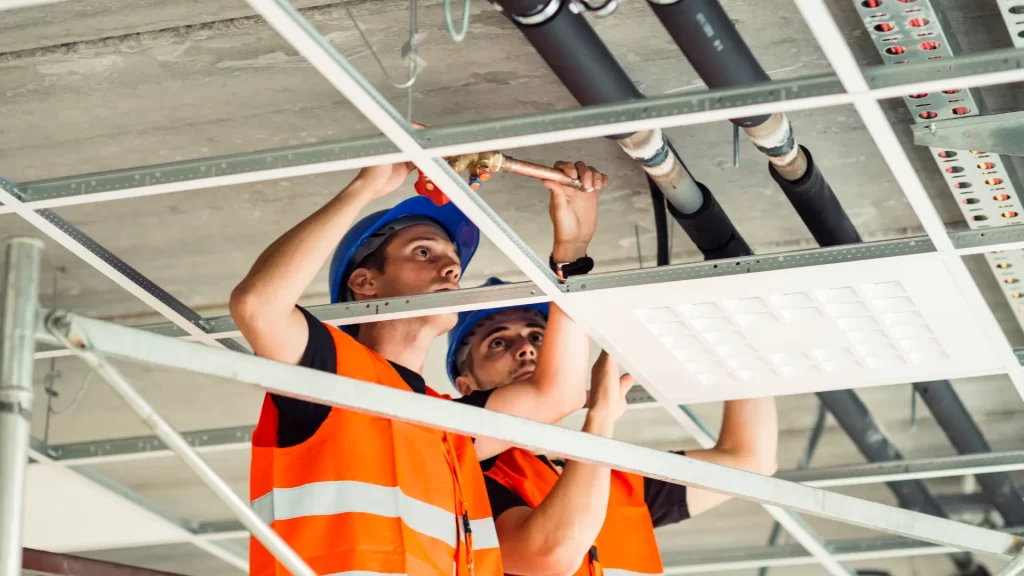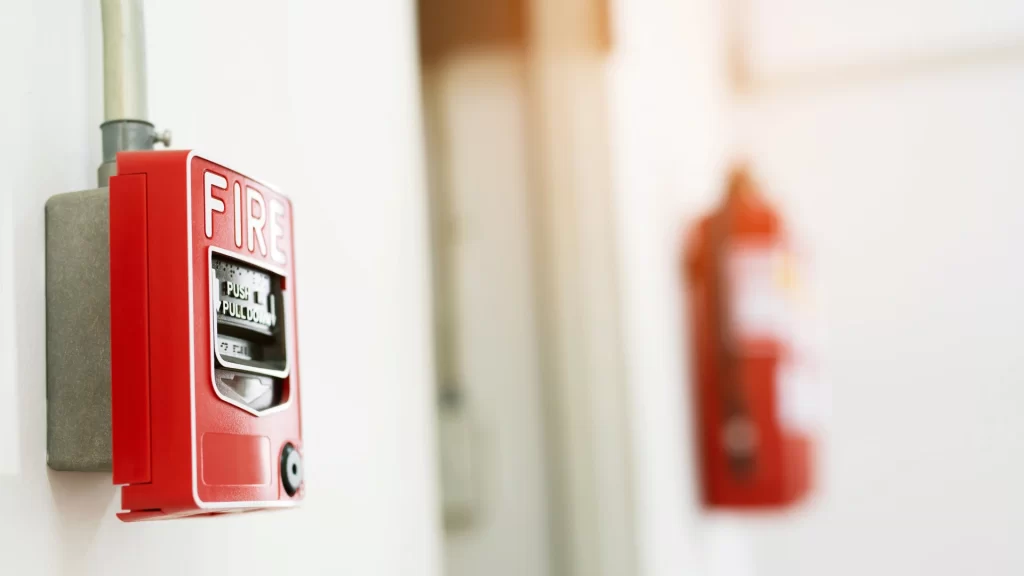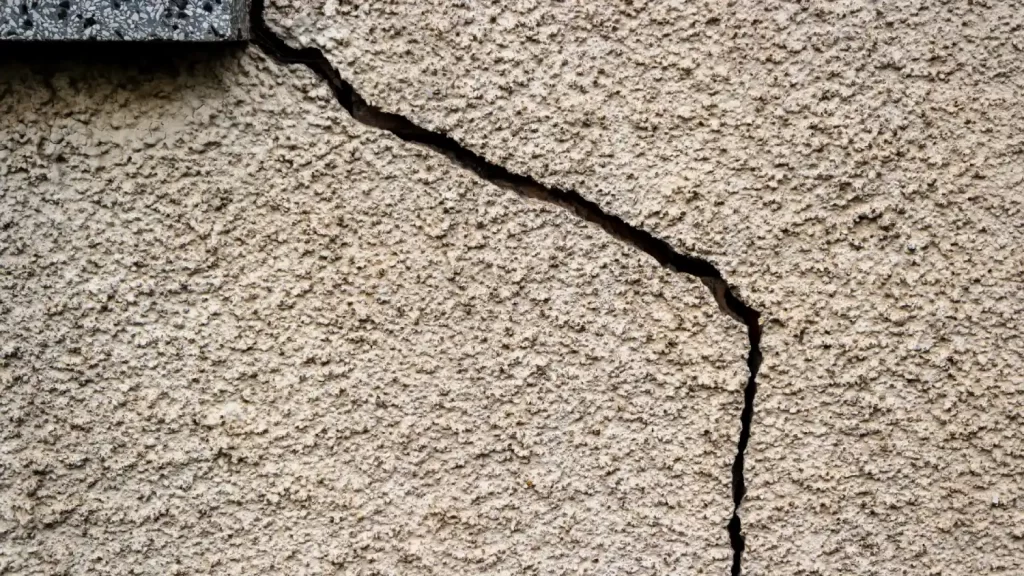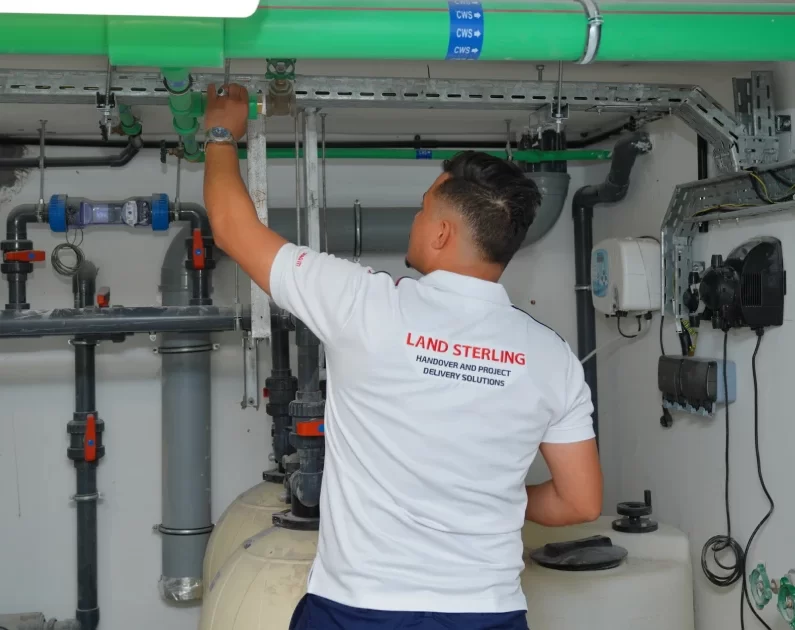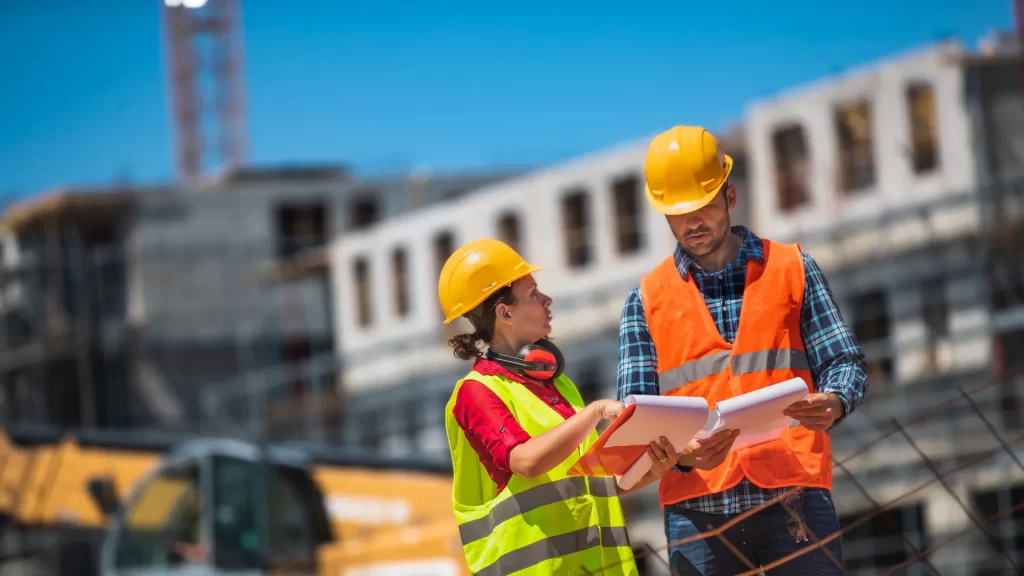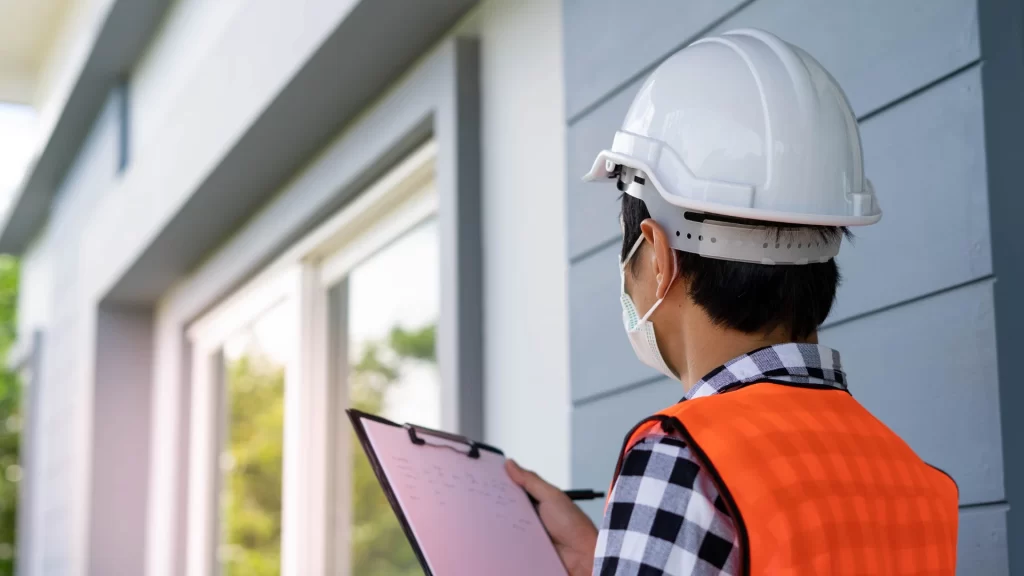In the context of property ownership, a thorough building audit stands as your most powerful tool to highlight issues before they transform into costly nightmares. You may be a seasoned property developer, a new homeowner, or a facilities manager who needs to understand what a top-notch building audit means about being on a proactive side against unexpected structural rebuilding.
A thorough building facility auditor will help you reveal the structural issues and present a detailed audit report as a result of detailed inspection and assessment.
What is a Building Audit?
Let’s get straight to the point. An audit is essentially a forensic examination of your property’s health – in other words, a medical certificate for the integrity of your building. It is a systematic check that is much more than just a glance over the surface but rather deep into the corners, hidden sides, and electrical of your structure.
What To Expect In A Detailed Building Facility Audit?
As discussed earlier, a detailed building facility audit helps you identify the shortcomings of your property. A certified auditor would inspect every area and highlight the hidden shortcomings your property might have. The process involves the following strategic steps.
Structural Integrity Review
Any comprehensive building audit starts with a forensic investigation of the building itself. The auditor will look at:
- Foundation stability.
- Wall and roof structural integrity.
- Load-bearing elements.
- Evidence of subsidence or structural movement.
- Potential stress points and structural weaknesses.
You can expect trained professionals to use a combination of visual inspections, advanced measuring equipment, and even provocative testing methods to expose concealed problems.
Electrical Systems Evaluation
Modern buildings are considered nervous systems of complex electrical infrastructure. A thorough audit will:
- Inspect the whole electrical network.
- Check earthing and protection systems.
- Assess distribution boards and circuit protection.
- Identify potential fire risks.
- Evaluate compliance with current safety regulations.
Outdated or faulty electrical systems aren’t just inconvenient-they’re potentially catastrophic.
Mechanical and HVAC Systems
Indoor air quality directly affects the health and productivity of its occupants. Heating, ventilation, and air conditioning systems are the lungs of any building. A thorough audit will:
- Assess equipment efficiency.
- Check maintenance history.
- Analyze energy usage.
- Look for potential replacement or upgrade.
- Ensure effective environmental control and air quality.
- Checks for moulds and rust.
- Check ventilation.
Moisture and Water Damage Investigation
Water is a silent destroyer of buildings. Professional auditors will:
- Utilize thermal imaging and moisture meters
- Inspect roof, walls, and foundations for water entry
- Check drainage systems
- Look for potential areas of mould growth
- Assess the effectiveness of waterproofing
Environmental and Safety Compliance
A building audit goes beyond the physical infrastructure to include:
- Fire safety systems
- Emergency exit routes
- Accessibility features
- Environmental impact assessments
- Compliance with existing building regulations
Roof and Exterior Inspection
The exterior of the building, including the roof, is subject to weather factors. The audit will review the following:
- Roof checks for leaks and damage.
- Deterioration of materials.
- Exterior walls, windows, and doors check
- Energy loss or structural damage.
- Parking area checks.
- Landscaping and drainage system checks.
Technology and Communication Infrastructure
In the digital age, a building’s technological backbone is critical. The auditors will consider the following:
- Network Infrastructure
- Communication systems
- Security technology
- Integration potential
- Future-proofing capabilities
What to Expect in the Audit Process
A professional building audit generally involves the following:
- Initial desktop research
- Comprehensive on-site inspection
- Detailed documentation
- Risk assessment report
- Recommendations for improvements
- Potential cost-benefit analysis of suggested interventions
The Financial Perspective
Do not view a building audit as an additional cost but rather as an investment, for proactive identification of such issues can help save cost on emergency repair, prevent the loss in value, and provide peace of mind.
A Good Audit
Not all building audits are equal. Look to:
- Accredited and qualified professionals
- Comprehensive assessment methods
- Advanced technological capability
- Demonstrated track record
- Reports transparently prepared
Conclusion
The difference with a comprehensive building audit lies in its strategic approach rather than just a tick-box exercise in property management. Reactive maintenance becomes proactive preservation by maintaining your most significant asset, which is your buildings.
Beautiful and safe buildings do not just happen but are maintained, nurtured, and respected.


